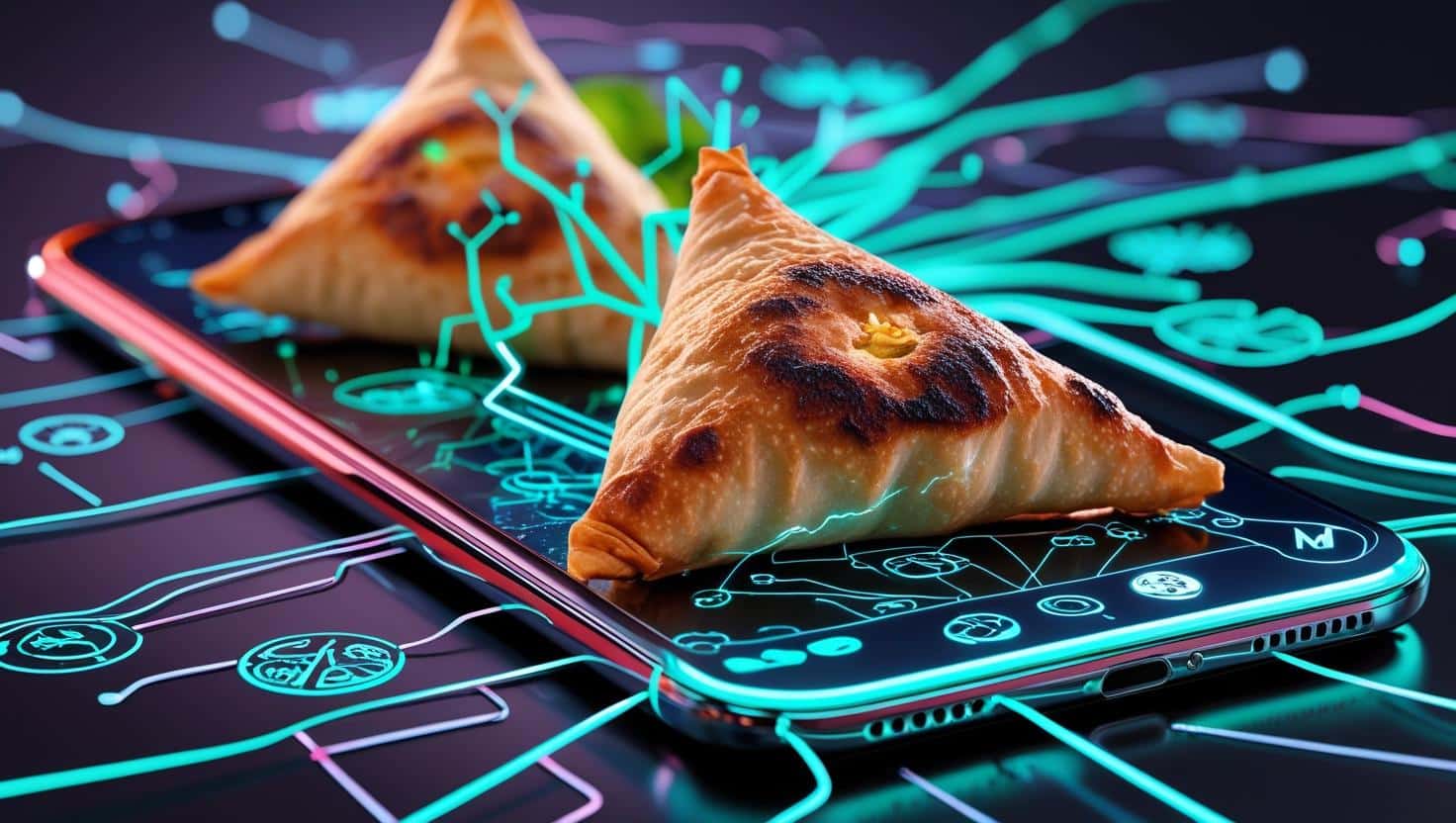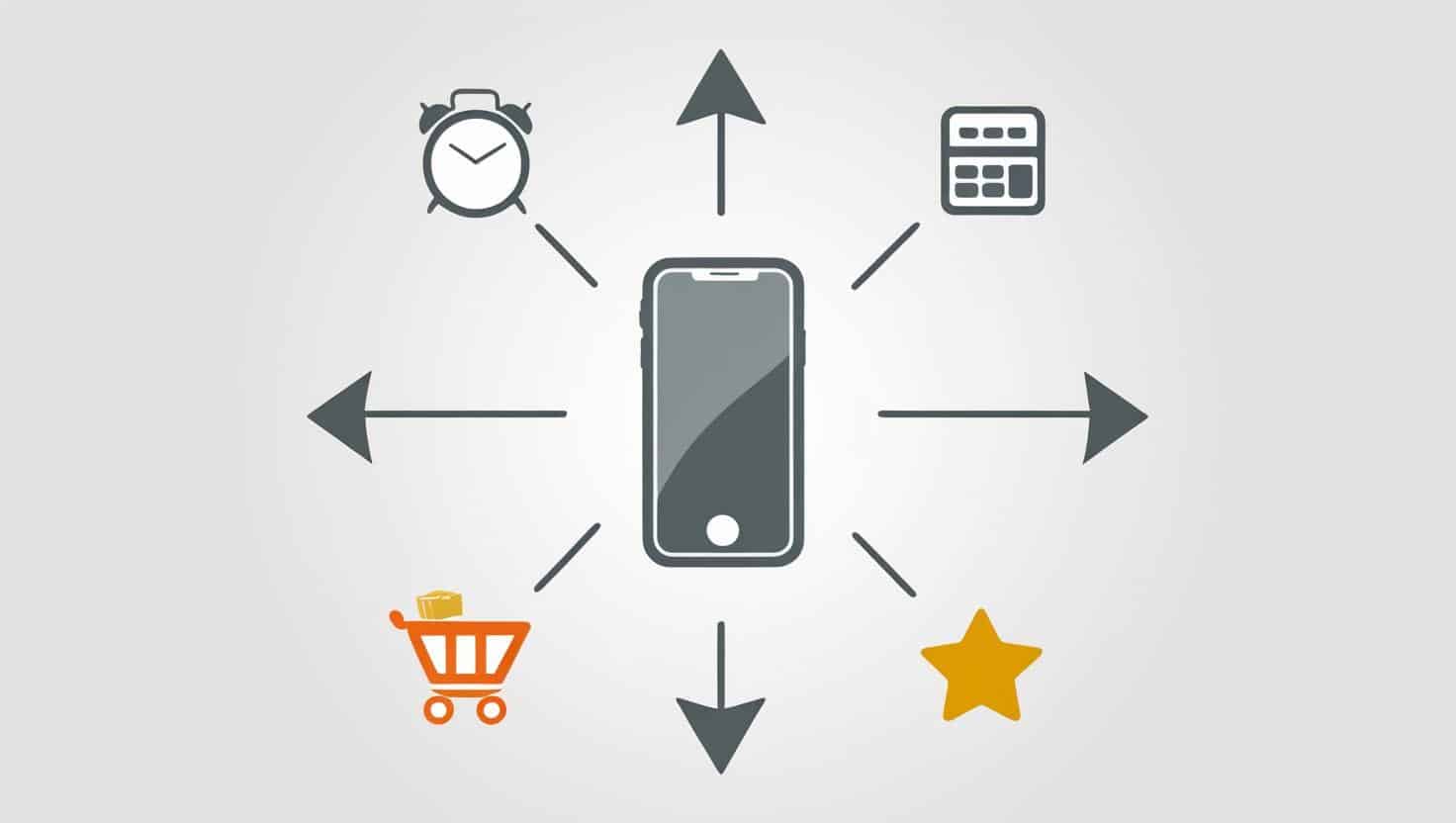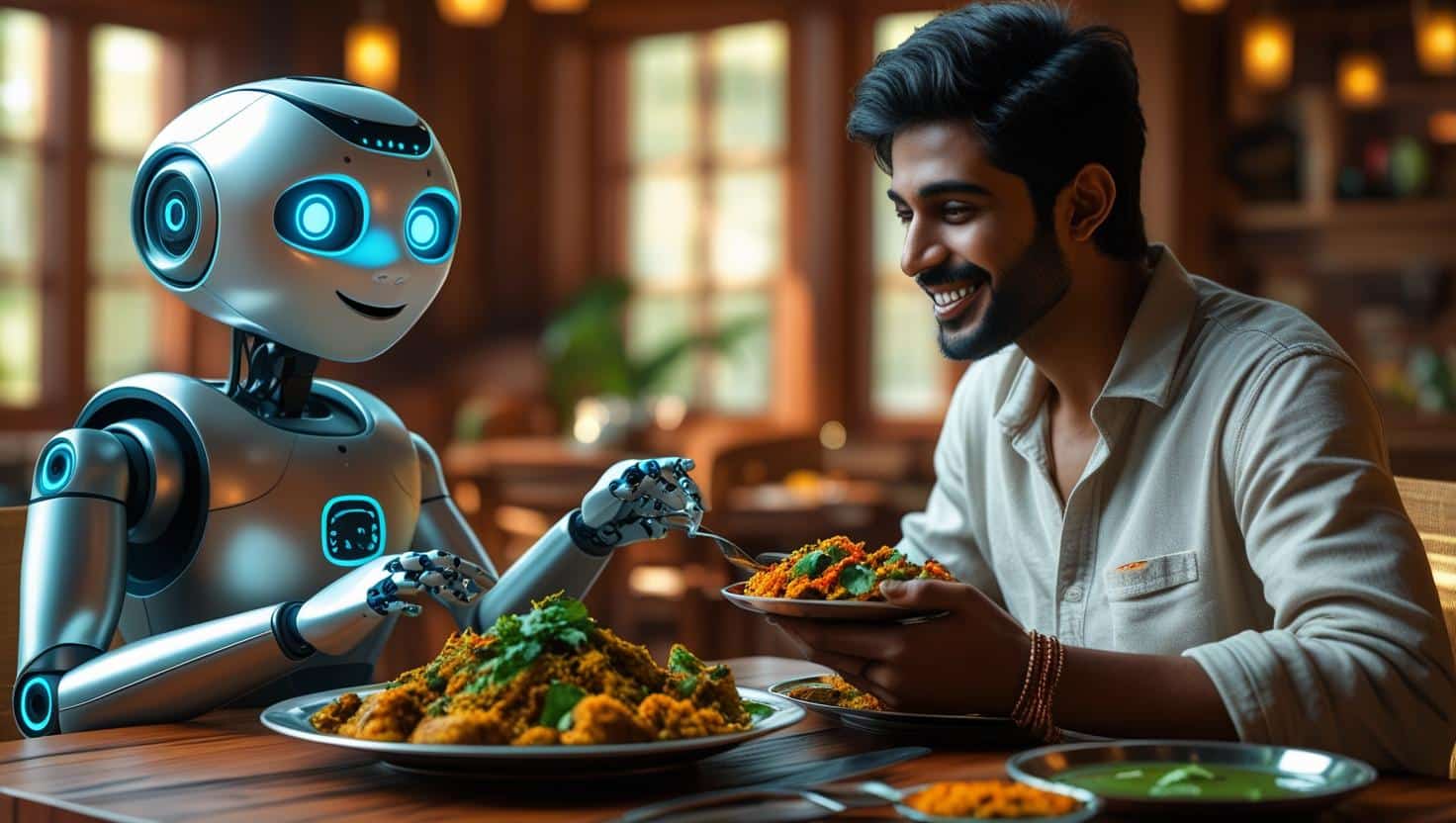Is Your Food App Reading Your Mind? The Truth About AI
It’s 4 PM in Ghaziabad. The sun is mellowing, the workday is dragging, and a familiar feeling starts to creep in. It’s a primal, powerful urge. The need for something hot, savoury, and perfectly crisp. You need a samosa.
You unlock your phone, almost on autopilot, and tap open your favourite food delivery app. And then you see it. Right there, at the very top of the screen, a banner winks at you: “Rainy Day Cravings? Get Hot Samosas from Gupta Ji Sweets Delivered in 20 Mins!”
Your jaw drops slightly. How? How on earth did it know? Is your phone listening to your stomach rumbling?
While that’s a fun thought, the reality is far more fascinating. You’ve just had a close encounter with one of the most sophisticated and personal forms of artificial intelligence that exists today. This isn’t just about ordering food anymore; it’s a hidden world of predictive algorithms and data science. So, grab your chai, and let’s go on a deep dive to unpack the AI in food delivery apps and understand the digital battle being waged for your plate.
The Swiggy Mind Reader: How AI Creates Your Personal Food Universe
Think of Swiggy’s AI as a master chef and a meticulous detective rolled into one. Its sole purpose is to understand your culinary soul so deeply that it can present you with an offer you can’t refuse. To do this, it feasts on a massive diet of data—your data.
The Data Diet: What Your Food App is Feasting On
This isn’t just about your last order. The AI builds a complex profile of you using a variety of ingredients:
- Your Order History: The most obvious ingredient. It knows you’re a fan of paneer tikka, that you order from that one biryani place in Indirapuram every other Friday, and that you always add extra garlic bread to your pizza order.
- The “Almost” Orders: The AI sees all. It logs what you search for, which restaurant menus you browse, what you add to your cart, and—crucially—what you abandon. That hesitation tells a story, and the AI is reading every word.
- Your Sense of Time and Place: It knows that an order from your Ghaziabad home address at 1 PM on a Sunday is likely a family lunch, while an order to your Noida office at 9 PM on a Wednesday is probably a late-night work meal. It adjusts its recommendations accordingly.
- Cuisine Affinity Score: Behind the scenes, the AI is categorizing you. Are you a ‘North Indian Comfort Food Loyalist,’ a ‘Healthy Salad Explorer,’ or an ‘Experimental Pizza Enthusiast’? It assigns you scores to predict what new things you might like.
- Your Clicks and Ratings: Every time you tap on a banner, rate a dish, or write a review, you are actively training the algorithm, telling it, “Yes, more of this, please!” or “No, never show me that again.”
From Data to Delicious: The Magic of Machine Learning
All these data points are fed into a powerful machine learning model. The easiest way to think about it is this: you are constantly teaching the AI. Every order is a lesson. When it recommends a new Thai restaurant and you order from it, you’ve given it a gold star. When it suggests a sushi place and you scroll right past, you’ve told it to try harder next time.
The result is a “For You” page that feels psychic, a customer experience so personalized it removes all friction. That’s the goal: to know what you want before you’ve even fully formed the thought.
Enter ONDC: The People’s Bazaar vs. The Private Butler
For years, this centralized model of AI has been the only game in town. But now, a challenger has entered the ring, and it’s playing by a completely different set of rules. Meet ONDC, the Open Network for Digital Commerce.
What is ONDC, Really?
If Swiggy is a massive, exclusive shopping mall with its own rules and security, ONDC is like the entire city’s open marketplace—think of it like the UPI of e-commerce. It’s not a single app but a government-backed network that any business, big or small, can plug into. You can access it through apps you already use, like Paytm, PhonePe, or other buyer apps.
This fundamental difference in structure leads to a fascinating ONDC vs Swiggy showdown, especially in the world of AI.
A Different Algorithm, A Different Goal
The AI working on an ONDC-enabled app has a different master to serve.
- Swiggy’s AI is a Loyal Butler: Its ultimate goal is to keep you engaged and ordering on Swiggy. It will prioritize restaurants that are exclusive partners or have paid for premium placement because that benefits the platform. The recommendations are brilliant but exist within a walled garden.
- ONDC’s AI is a Neutral Town Crier: Its goal is to create a level playing field and give you the maximum possible choice. The AI is designed to announce all the sellers in the bazaar, not just the richest ones. The food recommendation algorithm here might be less biased towards commercial partnerships and more focused on neutral factors like your exact proximity to the seller, genuine user ratings across the network, and price.
This means that on ONDC, you’re more likely to discover a tiny, family-run chole bhature shop from a Ghaziabad side street that simply couldn’t afford the high commission fees or marketing budgets of larger platforms.
The ‘A-ha!’ Moment: Your Cravings Beyond the Food App
Here’s where the matrix truly reveals itself. That AI brain doesn’t just stay within Swiggy or Paytm. It leaves a trail of digital breadcrumbs across the internet.
Ever searched for a cake on a food app, only to be haunted by ads for local bakeries on Facebook and Instagram for the next three days? That’s not a coincidence; it’s a technology called “retargeting.” Your search for “cake” was a powerful signal of intent. That signal, a tiny piece of data, followed you, telling other platforms, “This person has a sweet tooth right now!”
This is the hidden engine that fuels modern local commerce. It’s why after ordering from a popular cloud kitchen in Noida, your feed might suddenly feature home chefs from Ghaziabad you’ve never heard of. The powerful AI in e-commerce is creating a dynamic, real-time map of our city’s desires and connecting them to sellers who can fulfill them.
So, Who’s in Control? You or the Algorithm?
It’s easy to feel a little paranoid, but this technology is a double-edged sword. It offers incredible convenience and helps us discover new places we’d never find otherwise. It helps small businesses reach customers they never could before.
But it also creates “filter bubbles,” where we’re only shown what the algorithm thinks we want, potentially limiting our culinary horizons. The key is awareness. By understanding how these systems work, you regain a sense of control. You can consciously choose to defy the algorithm, search for a cuisine you’ve never tried, or switch to an ONDC platform to see a different, wider view of your city’s food scene.
So, the next time your phone suggests hot samosas on a rainy afternoon, smile. You now know it’s not magic or a mind-reader. It’s a complex and fascinating food recommendation algorithm doing its job. The only question is: whose algorithm are you following today?








Good….